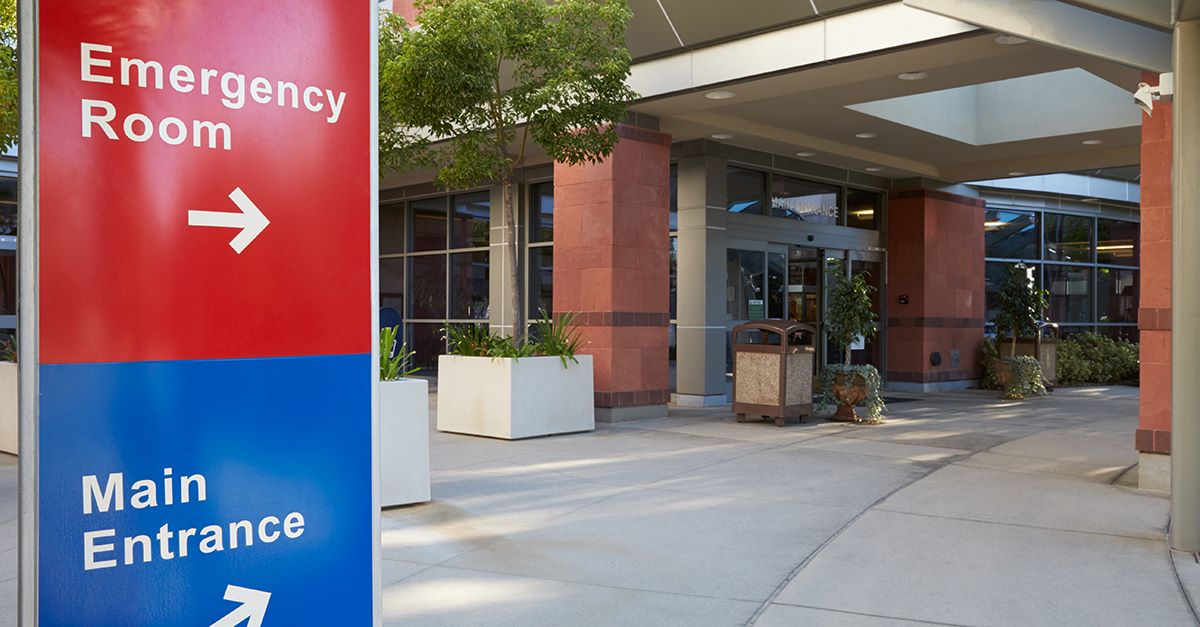By Alex Wesaw, Ph.D., Director and Relationship Manager, and Derrick Hicks, Commercial Relationship Manager, with Huntington Commercial Bank
Key takeaways
- Investments in strategic partnerships and technology can ease structural funding limitations.
- Automation can help recover missed Medicaid reimbursement and support revenue cycle tasks without needing to expand staffing.
- Intelligent payment posting can reduce administrative lag time and improve predictability in financial operations.
- Tribal-led partnerships with knowledgeable financial partners can help move projects forward and expand care across Indian Country.
Native-owned healthcare facilities deliver care under chronic funding constraints and operational pressures within systems that often are not aligned with Tribal governance and community needs. Inadequate IHS system coverage and inconsistent external support exacerbate the situation and deepen the gaps in access to care.
Strengthening Tribal self-governance in healthcare depends on more than short-term fixes. Tribal healthcare leaders are increasingly turning to strategic partnerships and technology to improve revenue management and expand care across communities.
Recovering revenue lost to shifting Medicaid eligibility
High Medicaid usage contributes to inconsistent insurance coverage for many Native American patients. In 2023, over half of non-Hispanic American Indians and Alaska Natives reported using Medicaid or public health insurance coverage†. Because this coverage can change weekly or monthly, it’s not uncommon for patients to present as self-pay or underinsured, only to qualify for Medicaid after a visit. Facilities have limited time to submit retroactive claims. Without systems to monitor post-visit eligibility status changes, these reimbursements are frequently lost.
This missed revenue directly impacts Tribal healthcare budgets and day-to-day operations. Some Native-owned facilities have addressed this by implementing automated tools that track Medicaid eligibility after a visit – and have seen immediate results. Clinics using these tools report a 2% to 8% increase in self-pay collections‡. For even a modest-sized clinic, that can represent meaningful revenue that can support staffing, technology upgrades, or expanded services.
While implementing new technology does require investment, integration barriers are easing. Some automated eligibility tools can now work within existing EMRs or operate independently, making them viable for resource-constrained facilities with limited IT capacity or budgets.
Scaling back-office operations without expanding headcount
While clinical workforce shortages dominate national headlines, Tribal healthcare facilities also face similar challenges in the back office. Administrative teams are facing growing demand despite having limited staff, which often leads to higher denial rates, delayed care reimbursements, and mounting backlogs.
Given the difficulty of recruiting and retaining staff in rural and remote Tribal communities, providers are turning to automation to ease pressure on revenue cycle operations. Machine learning tools can now manage up to 70% of tasks, such as eligibility checks, claims scrubbing, and denial follow-up‡. Some facilities report up to a 300% increase in task throughput after implementing AI-powered tools‡, allowing teams to reallocate limited staff capacity to higher-value work.
As with Medicaid eligibility tracking tools, many of these automation tools require minimal infrastructure investment. Most can integrate with existing systems or operate independently, offering a practical option for facilities working within legacy environments.
Creating predictability by automating remittance and payment posting
In 2023, 16% of Native Americans reported having no health insurance, more than triple the rate among the non-Hispanic or Latino white population§. This persistent coverage gap has significant downstream effects. Patients facing self-pay costs might delay care or assume unsustainable debt. From 2021 to 2023, 8% of Native Americans had medical debt in collections, twice the national average≠. That figure climbs even higher in areas without an IHS facility, which make up nearly a third of majority-Native areas.
These pressures at the patient level compound challenges for the facilities that serve them. Insurance gaps typically result in higher rates of rejected claims, longer reimbursement timelines, and administrative backlogs. For billing teams, this means more manual entry work that can lead to errors, remittance posting delays, and financial strain.
To reduce these burdens, some facilities are turning to intelligent processing engines – automated tools that streamline remittance and payment posting. Facilities that have adopted this technology report shorter reimbursement cycles and fewer administrative delays. In addition to improving cash flow and reducing denials, these tools offer something many Tribal providers struggle to maintain – predictability in revenue management.
Overcoming capital constraints to expand access locally
Transportation remains a major barrier to care in many Tribal communities. Long distances to access dental, specialty, or urgent care can lead patients to delay or forgo treatment altogether. These challenges, compounded by financial strain and medical debt, are reflected in health outcomes. 21.8% of Native Americans report being in fair or poor health – the highest rate of any racial group†.
Many Native-owned healthcare facilities aim to expand services on Tribal land to address these gaps directly. But even when a financial case is sound, access to credit often limits progress. Conventional lenders may lack familiarity with Tribal governance structures, land use rights, or the long-term priorities driving Tribal health strategies. As a result, viable capital projects can face delays or denials in traditional financing channels.
In response, some Tribal leaders have sought out financing partners who understand Tribal sovereignty and can structure credit solutions that align with self-governance and community goals. Access to flexible financing has enabled facilities to move forward with new clinics and infrastructure on their terms and timelines.
On the path toward financial stability
Improving health outcomes and access to care within Tribal communities remains a central goal for healthcare leaders. However, chronic funding limitations continue to complicate that mission for both providers and their patients.
Even within those constraints, many facilities are identifying ways to recover missed revenue, ease administrative strain with limited staff, and finance infrastructure projects that bring care closer to home. These efforts reflect a broader strategy of strengthening financial stability in ways that reinforce Tribal sovereignty and long-term control over care.
Huntington’s Native American Financial Services team is dedicated to servicing all Indian Country’s needs. To learn how we can support your healthcare facilities, please contact our team.



